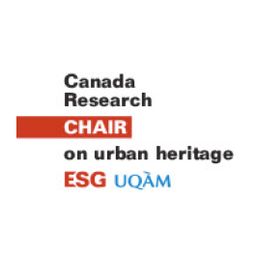12.00 Tuning into Canada’s Radio Heritage
My Session Status
When radio entered Canadian homes beginning in the 1920s and 1930s, it produced a new socio–spatial experience for listeners and became a key conduit and constituent of culture. The new electronic technology altered concepts of proximity and space by offering listeners the opportunity to travel the world, or connect with their neighbours, without leaving their homes. But radio was not (and is not) a purely de–territorialized and de–territorializing technology. Radio systems are predicated on a material network of places and things, ranging in scale from the home receiver to institutional transmitter. Radio culture is produced through an entanglement of intangible transmissions and material things, peoples, and places, and offers a useful ground on which to engage with questions of performative heritage.
This paper will explore the largely overlooked architecture of the Canadian Broadcasting Corporation (CBC), with a particular focus on that of the CBC’s first decades (1936-1956). At this time, the crown corporation was the most powerful and far–reaching broadcaster in Canada, and was dedicated to using radio to create a new kind of common, national public space. Beaming the CBC’s signal from coast to coast required a national building program of transmission stations, which were designed by the Corporation’s own architecture department. This resulted in a rich immovable heritage, as the transmitters and studio buildings became symbols of modernity, mobility, and nationalism, and, particularly in smaller centres, local spaces of spectacle. De–territorializing and territorializing, mobile and immobile, radio in Canada transgressed both the private and public spheres, and local and national scales. This paper will explore this spatial complexity and its ramifications for critical heritage studies. In the face of CBC’s decision to divest itself of its property, the conservation of radio’s architectural heritage becomes a local, provincial, and national challenge worth examining.

Discussion